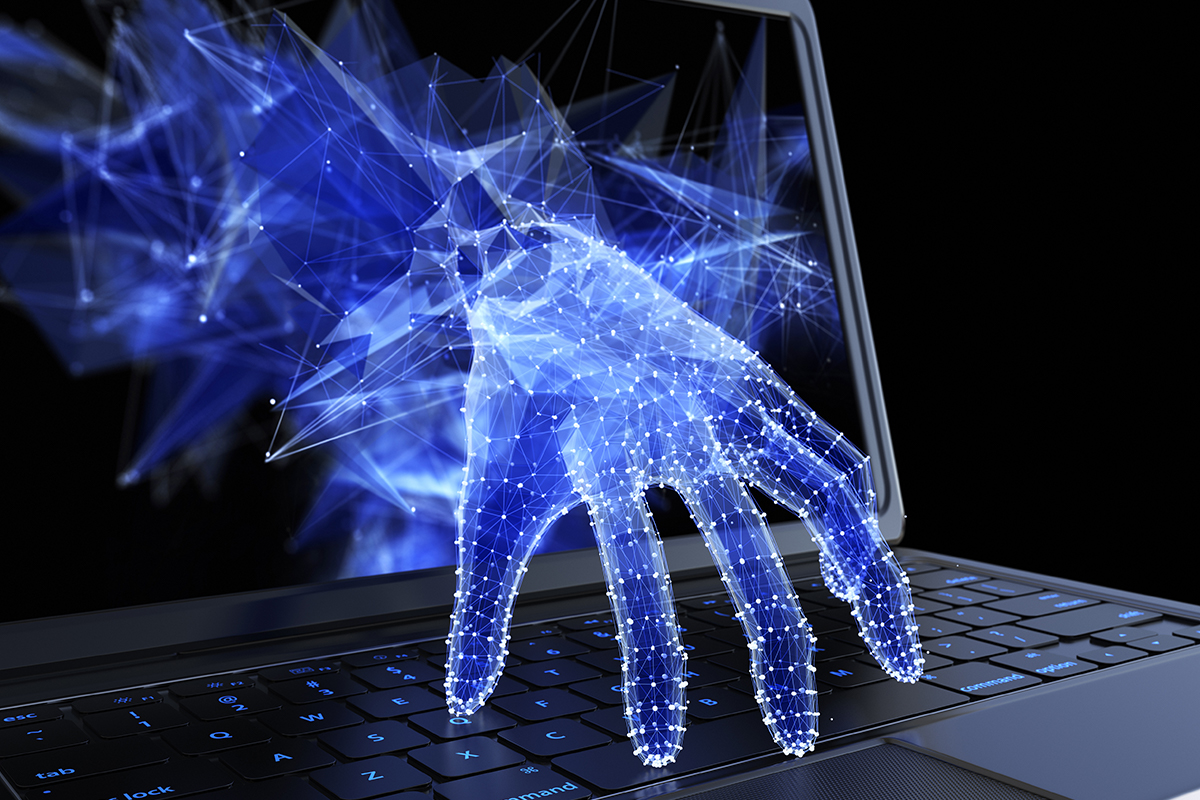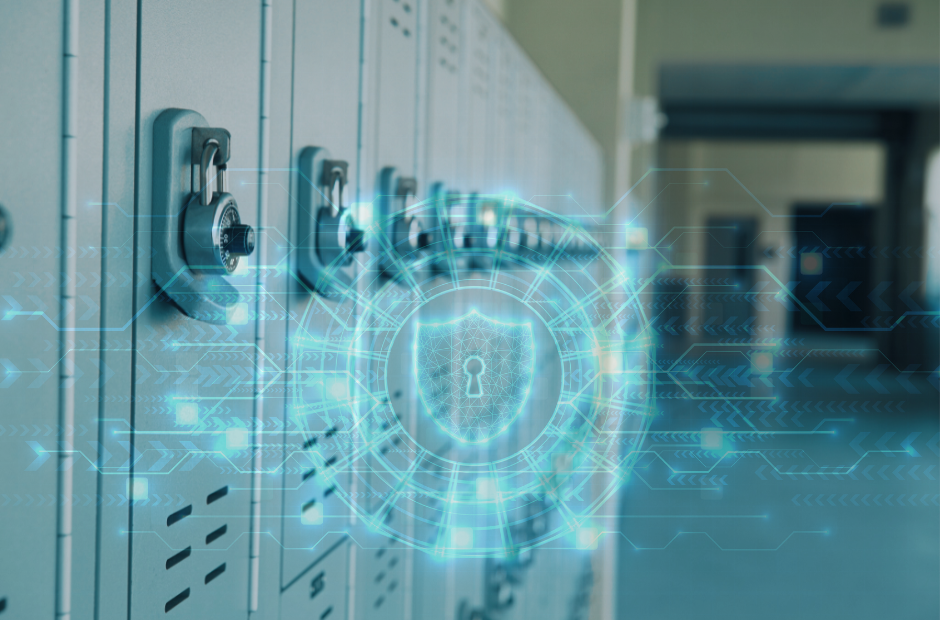How Educational Institutions Can Respond to Cyber Attacks
The digital age has taken over most institutions worldwide. This means that they are at higher risk of cyberattacks. Some of the popular attacks that they have experienced over the years include learning disruption, severe financial damage, and theft of sensitive information. However, one shouldn't be afraid because there's a solution to the issue at hand. With a more proactive approach, universities and higher learning institutions effectively solve digital threats in various ways. Here is how they respond to attacks:
Understanding the Threat
First, it's ideal for the specialists to understand the type of attack or threat they're getting so they can act accordingly. Improving cybersecurity awareness is crucial, as most online criminals target learning institutions due to their database worth and aggregation of personal information on their platforms. Their main targets include personal information, financial records, and other valuable information. Some breaches, such as phishing fraud, data theft, ransom ware, and the phishing threat to paycheck information, are some of the attacks that institutions should address.

Building a Cyber-Security Culture
Every institution must have a digital culture to prevent cyber attacks and student addiction. The teachers should take their students through the importance of online safety by engaging them in fun interactive sessions and regular workshop quizzes. When one gets to understand the potential risks, they may activate their formidable cybersecurity defense, which would reduce the risks of the attack.
Strengthening Your Defenses
Strengthening the defense in the institutions is vital to maintaining data privacy. One of the ways is to update and upgrade software and other storage systems regularly. Often, fixing security loops prevents hackers from extorting content from computers. Using a strong password is also ideal for enhancing multifactor authentication by adding a tough security bridge. Additionally, regular backups of information prevent ransomware attacks, as one can always retrieve data when needed.

Learning from Experience
Despite going through training and preparation, one is still prone to getting attacked. Knowing how to deal with the issue is vital to preventing panic attacks and making the wrong moves. Some of the measures to take are to remain calm at the moment, disconnect the affected system from the rest, and communicate with the staff and management as you get technical help from employees. Recognizing the signs of panic attacks can also help manage the situation more effectively. After the insecurity happens, one should analyze where the issue went wrong to prevent getting future attacks.
Keeps the Momentum Going?
Keeping up with digital security shouldn't be a one-time task but an everyday agenda. Since the technology world is changing everyday, it's vital to keep yourself updated on various strategies to handle the latest threats. As a best practice, it is ideal to regularly engage and educate the community about online insecurities. Staying proactive and up-to-date with information would possibly not give room for any system hackers. Living in a safer digital environment makes learning effective as it eliminates data theft risks.
Final Words
Cybersecurityisn’t only for tech-savvy people but for everyone using gadgets in society. Creating awareness in the community helps to reduce attack incidences. However, most institutions are keen on their training on how students should handle cyber attacks. The opportunity allows everyone to be on the same page in data protection and using digital systems responsibly.
Ideas, requests, problems regarding TWiki? Send feedback
